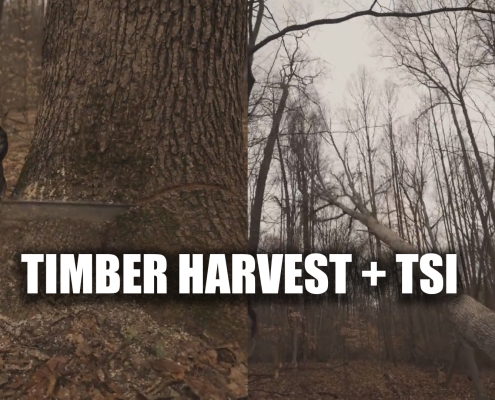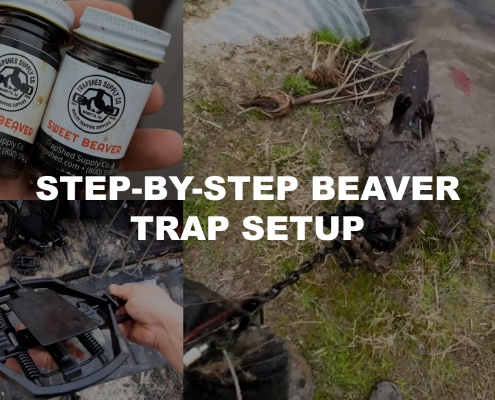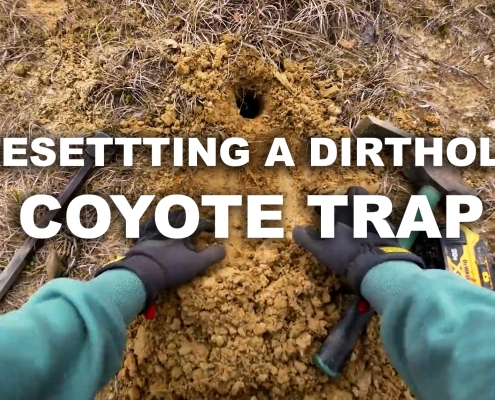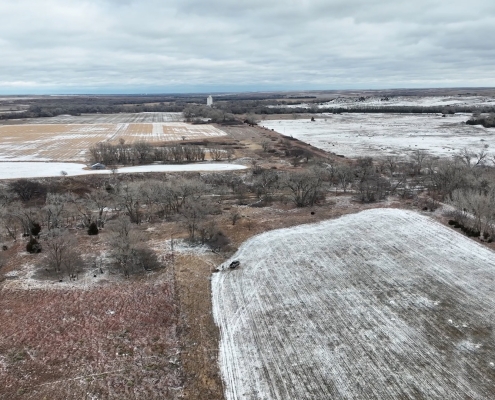Blake Hagemeier – Fowled Reality
As duck hunters, we know food is king when it comes to attracting and holding ducks. Just as deer hunters do, a lot of duck hunters plant food plots for ducks. An excellent choice when it comes to what to plant is Golden Millet. Corn, which is often the go to plant in food plots for ducks, needs to be planted in the Spring and can cost upward of $400 an acre. It could be in the ground for over 6 months before the season begins. A lot of things can go wrong in 6 months. In 2002, Five Oaks Wildlife Services in Stuttgart, Arkansas developed Golden Millet as a way to set back succession in moist soil impoundments (duck ponds) and to grow as a second crop post harvest. Golden Millet allows duck hunters to cut down on the time their crop is sitting waiting on the birds to arrive. It can be planted mid July through early September depending on your location and only costs $55-$60 an acre. The most important factor in the planting date is to find the average first frost date and back up 75 days. For us here in south central Illinois, our average first frost date is October 5th. Backing up 75 days gives us our planting window of around the last week of July. If you’re in the south, Golden Millet gives you something quick to plant for your ducks after harvesting soybeans and rice. We’re not saying don’t plant corn. Just as we like variety, so do the ducks. Golden Millet is a forage ducks will hammer in cold or warm temperatures and can even be broadcasted into a stand of Round-up ready corn to provide a smorgasbord of food leading to happy ducks that stick around longer!
Golden Millet is a prolific producer of forage and aggressive grower when planted and maintained correctly. Not only does it have the ability to produce up to 3000 lbs. of food per acre, but it has the ability to produce a second and sometimes even a third crop from all the seed heads leftover and is a great bug attractant due to the immense bio mass it produces. Due to its small seed size, Golden Millet doesn’t need to be planted very deeply. In fact, simply broadcasting on the topsoil will get it to germinate if followed by a rain or if the field is flushed before broadcasting. It’s planting depth is recommended to be 1/8-1/4 inch. There are several methods to planting Golden Millet, but they all result in strap of ducks come December! Whether you’re a club owner or simply a guy with a small pothole, there is a method to establishing a great stand of Golden Millet. It can be planted in large open impoundments or in a tucked away hole in a green tree reservoir. When planning out your food plots for ducks, be sure to leave open areas within fields. Do not plant around your blinds so decoys will be visible and will move while hunting. This will also decrease likelihood of enforcement officer accusing you of baiting.
How to Plant Golden Millet as Food Plots for Ducks
As with all food plots for ducks or deer, soil preparation is key. You have to give the plants a place where they can get a jump start on growing. Once the plants are up, get them sprayed before they reach 6 inches and you’ll be set. Here are some options for establishing Golden Millet as a food plot for your ducks:
BROADCAST METHOD
- Disk and scratch impoundment
- Roll if needed to prepare firm seedbed
- Broadcast millet at a rate of 25 lbs/acre
- Flush field if needed. Get the water on and off in a 24 hour period
- Monitor germination
- If moisture is lost, It is critical that once the millet sprouts you have to flush the field after 7-14 days. It is also critical that you can get the water on and off the field in 24 hours. If you catch a rain then you usually hit a home run.
- Once the plants gets to the 5 leaf phase you should apply 1.5 oz./Acre of AIM for broad-leaf control and mix in 1.8 oz/Acre of Karate(that equals 1 gallon of Karate per 70 acres). Treat broadleaves prior to 6”. Focus on killing all broadleaves at early stages. At the same time you apply chemicals apply 150 lbs. of 13-13-13.
- You don’t have to use Karate you can use any pyrethoid to keep the insects out.
- Put the field in a shallow flood. Lots of times the plants will grow 10” in a week. You can let the first flood dry up and give the plants a day or two out of the water, then bring the shallow flood back on and maintain the flood till the plants mature.
- Yes, this can be grown in a standing flood unlike other millets and corn.

DRILLING METHOD
- Disk and scratch impoundment
- Roll if needed to prepare firm seedbed
- Drill millet at a rate of 15 lbs/acre
- Flush field if needed. Get the water on and off in a 24 hour period
- Monitor germination
- If moisture is lost it is critical that once the millet sprouts you have to flush the field after 7-14 days. It is also critical that you can get the water on and off the field in 24 hours. If you catch a rain then you usually hit a home run.
- Once the plants gets to 5 leaf phase you should apply 1.5 oz./Acre of AIM for broad-leaf control and mix in 1.8 oz/Acre of Karate(that equals 1 gallon of Karate per 70 acres). Treat broadleaves prior to 6”. Focus on killing all broadleaves at early stages. At the same time you apply chemicals apply 150 lbs. of 13-13-13.
- You don’t have to use Karate you can use any pyrethoid.
- Put the field in a shallow flood. Lots of times the plants will grow 10” in a week. I sometimes let the first flood dry up and give the plants a day or two out of the water, then bring the shallow flood back on and maintain the flood till the plants mature.
FLY ON METHOD (Field with Bermuda Grass problems)
- Disk impoundment
- Apply chicken litter
- Disk impoundment again to incorporate litter
- Deep flood to reduce Bermuda Grass competition
- De-water overnight (Start here if Bermuda grass is not an issue)
- Fly on 25 lbs./acre millet (GG-102) (filmy mudflats) (Be sure algae is not on the field in some cases I’ve seen algae cover the soil and limit germination)
- Monitor germination
- If moisture is lost it is critical that once the millet sprouts you have to flush the field after or at 7 days. It is also critical that you can get the water on and off the field in 24 hours. If you catch a rain then you usually hit a home run.
- Once the plants gets to 5 leaf phase you should apply 1.5 oz./Acre of AIM for broad-leaf control and mix in 1.8 oz/Acre of Karate(that equals 1 gallon of Karate per 70 acres). Treat broadleaves prior to 6”. Focus on killing all broadleaves at early stages.
- You don’t have to use Karate you can use any pyrethoid.
- As a rule of thumb till the plants get to 10-12” irrigate every 7-14 days pending soil moisture. Usually after the first flushing and chemical is applied, the plants will reach shallow flood height.
- Once the plants reach 10-12” apply shallow flood and maintain shallow flood till maturity.

In a year like this, mother nature is wreaking havoc on crops and food plots all over the country. The drought is causing crops to fail leaving farmers without income and this Fall, ducks with less food. Golden Millet can take mother nature out of the equation! If you have access to water for your impoundment like many do, you can flush it and drain it quickly to give the soil moisture for germination then broadcast your seed on. The moisture will help insure the plants get up quickly. Shortly after germinating, you can spray for broadleaves since Golden Millet is a grass. Once you’ve sprayed you’re in the home stretch and can put water back on your Golden Millet to allow it to reach maturity. No need to wait for rain, you just have to wait on duck season to open! The window of opportunity to get your Golden Millet in the ground is quickly approaching. For many of us, the corn we planted as food plots for ducks has failed, but thanks to the short growing season of Golden Millet we’ll have a second chance at providing an attractive food source for duck hunting come this Fall. We’ll be planting our Golden Millet in the coming weeks. For more information on Golden Millet or to purchase it to plant it in your food plots for ducks, visit 5 Oaks Wildlife Services.


















